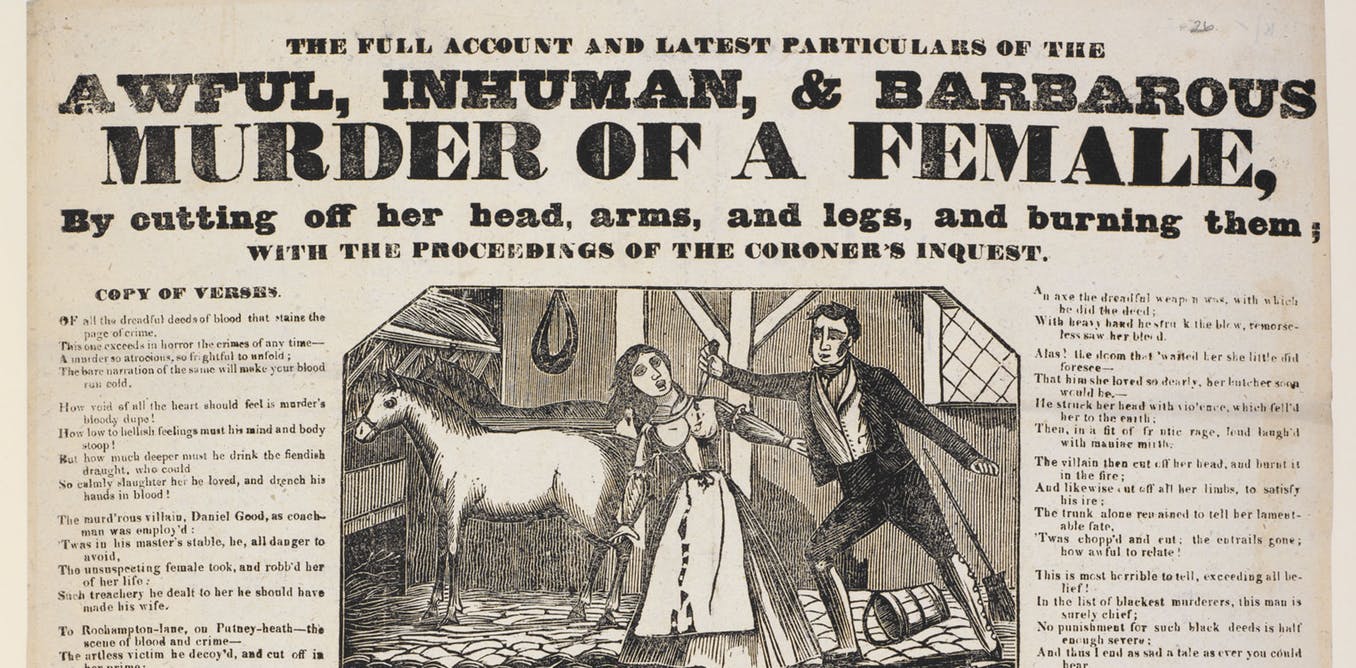If Daniel Good knew that he would actually help the Metropolitan police, he might never committed the crimes he did. If you have seen the movie “Catch me if You Can”, that is Daniel Good in the 1840s. Back in 1842, Daniel became famous for evading law enforcement for months. He became famous by showing up the faults of the communication system of the 19th century police. In the end, he unwittingly contributed to the Metropolitan Police improving their crime fighting performance by introducing specialist detectives. The case of Good is one of the first in British police history when special detectives were hired.
How it all went down?
On April 3, 1842, Good escaped from a police officer, and then traveled to different parts of London and Kent. He essentially evaded arrest until the following month. William Gardner was called to investigate the theft of a pair of trousers from a pawnbroker’s shop in Wandsworth High Street.
Daniel Good was the suspect, and he worked as a coachman in Putney Park. Gardner went to the house of the suspect, interviewed him, and then started a thorough search of the stables. In the last stable, after taking a closer look at what he thought was a plucked goose, the police officer discovered it was actually a dead body.
At that moment, Daniel took the chance and escaped from his own house. In the process, he locked Gardner, his own son, and two other boys in the stables.
In the days that followed, the Metropolitan police hired nine divisions and involved them in the chase for Daniel Good. Just like in the movie “Catch me if you can”, Good was always a step or two, a day or two ahead of the pursuing police. The Press reported the chase and the escape in length on a daily basis.
![]()
Police takes things to the next level
After an exhaustive search that brought back no results, Scotland Yard set up the Criminal Investigative Department. It was among the first cases of police special investigators being hired. The goal was to improve Scotland Yard’s detective abilities.
Inspector Nicholas Pearce, assisted by Stephen Thornton, were the two detectives that were in the forefront of the investigation. They led a select band of six officers appointed for detective duties. They took up the case, and followed Good’s trail.
Two weeks later, they finally found him. Daniel Good was found guilty of murder and publicly hanged at Newgate on May 23, 1842. He passed away unaware that he had unwittingly contributed and helped improved the Metropolitan Police detective performances.
Inspector Nicholas Pearce, who caught Good, transferred to the New Police from the Bow Street Patrol. He eventually ended up as the Superintendent of F division. Before the Daniel Good case, he was responsible for solving another case, the Eskdaleside murder of Mrs Jane Robinson. It was one of the first cases in which an officer from Scotland Yard was sent to investigate a serious crime in the provinces.



